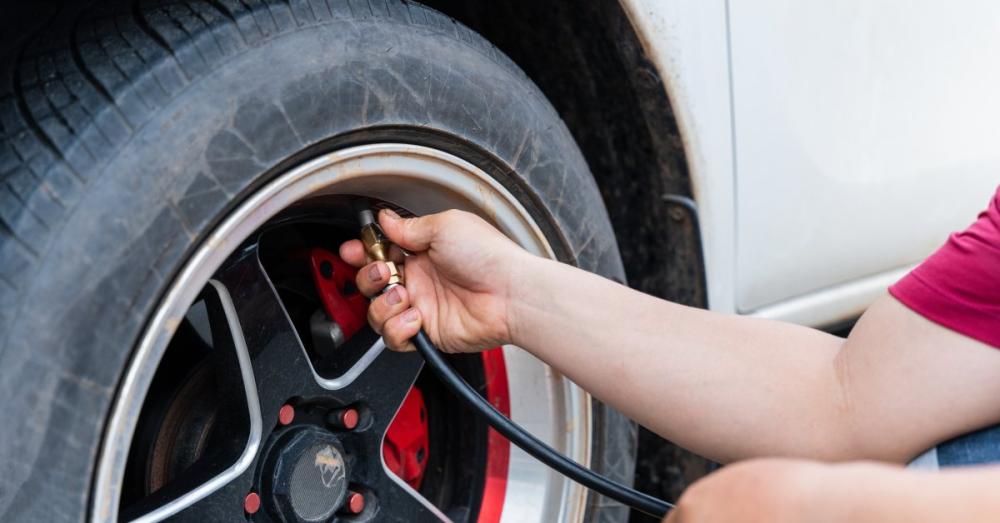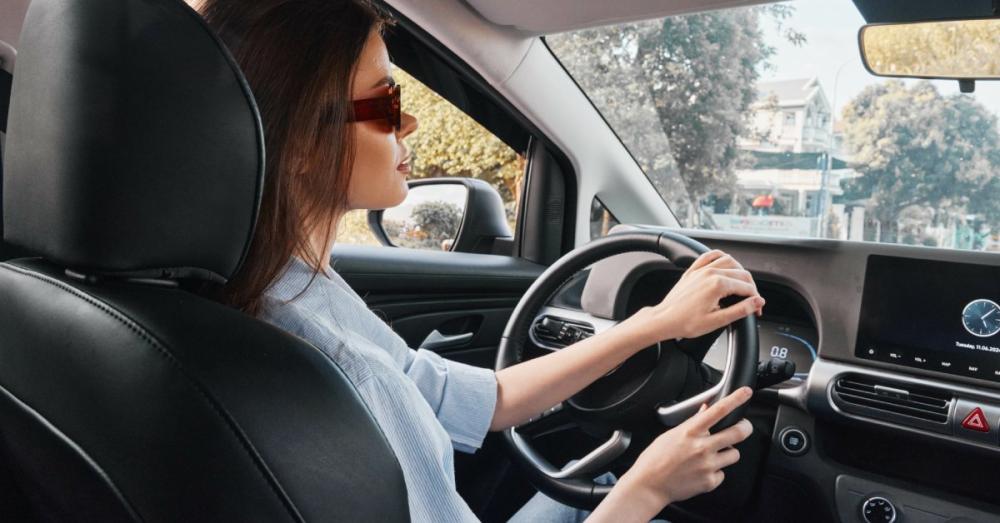Driving is not without risk, whether you do it every day or only occasionally. This risk isn’t always due to unsafe driving habits—in many cases, accidents happen due to vehicle malfunctions. One such example is a tire blowout, which occurs when a tire suddenly bursts.
Blowouts can happen to anyone, but they’re much more likely if you forget to take care of your tires. If you’d like to prevent a tire blowout to the best of your ability, these best practices are just for you.
Maintain Proper Tire Pressure

One of the most common issues that lead to blown-out tires is poor tire inflation. Tires that are either too full or not full enough can be more likely to pop. Fortunately, most modern cars have built-in gauges to tell you when a tire’s air pressure gets too low. If you ever see the light come on, that’s your sign to find a place to fill your tires back up at your next available convenience. If you don’t have this built-in gauge, make a habit of checking your tires manually every few months.
It’s important to note that neither method will directly tell you if a tire is too full. To ensure you don’t overfill your tires, refer to the chart located on the inside of your driver-side door. This will tell you what PSI (pounds per square inch) to shoot for when filling up your tires.
Keep an Eye on Tire Wear and Tear
Other than pressure, the level of wear and tear on your tires can also indicate if a blowout is more likely. If a tire is too worn out, it could potentially break open, exposing the soft inner tube to the rough pavement. If this happens, a blowout is almost guaranteed to follow.
To avoid this, you’ll want to make sure you don’t drive on worn-out tires. If the grooves are at or below 2/32nds of an inch, you need to stop using the tires immediately. If they’re around 4/32nds, the need for a replacement won’t be as dire, but you should strongly consider doing it soon. Since you’ll have more time, be sure to search for good deals on car tires online. That way, you can get the best bang for your buck.
Pro Tip
If you notice that some of your tires are more worn out than others, it could indicate you need to rotate your tires more often. If they’re too worn, you’ll still need to replace them and buy some new ones. However, keeping up with tire rotations will help make this issue related to blowouts come up far less often.
Be More Cautious on the Road

Even though incorrect tire pressure and extensive wear are the main factors that increase the chance of a blowout, this problem can still occur even with a fresh set of tires. That’s because road hazards can sometimes lead to a blowout.
A prime example of this is in relation to potholes. If you hit one in just the wrong way, you could instantly pop your tire. Ideally, you can avoid this issue by driving around potholes, but realistically, that’s not always possible. Do your best to slow down if you must drive through a pothole. That way, your tires don’t hit it at full speed, drastically lowering the chances of a blowout.
On top of being cautious around potholes, avoiding excessive braking can also help. Slamming on the brakes too hard will degrade your tires faster than usual, leading to the wear and tear issue we mentioned above. Of course, hard braking on occasion is necessary. However, if you find yourself doing this often, it might be a sign that you need to slow down a bit while on the road.
What To Do if You Experience a Blowout
Now that you’re familiar with the best practices to prevent a tire blowout, you should feel better and understand the ways you can do your part to avoid this issue. However, a tire blowout can still happen to anyone. To prepare for the possibility of a blowout happening, you should know what to do to avoid exacerbating the situation.
Stay Calm
First and foremost, after a blowout occurs, you need to remain calm. In most cases, blowouts are very manageable. But in the heat of the moment, panic can set in and lead to you making less-than-ideal decisions. If you remain calm, following the other steps in this list will be much easier.
Keep Control of the Vehicle
While it won’t be easy, you need to do everything you can to keep control of your vehicle after a blowout. Right after the burst, your car will swerve a bit. If you keep a firm grip on the steering wheel, you’ll be able to stop this pretty quickly and straighten out your vehicle. Your vehicle might still try to pull left or right, but keeping a strong grasp on the wheel should stop it from getting away from you and into other lanes of traffic.
Avoid Slamming on the Brake
After a blowout, most people instinctually slam on the brakes. Do everything you can to suppress this instinct. Forcing your car to a stop will only make it more difficult to control. Instead, keep your foot on the accelerator and slowly ease off of it. This will help your car remain as steady as it can while slowing down.
Ease Off to the Side of the Road
Once your vehicle has reached a slower speed, ideally 20 to 30 mph, you should start to lightly apply the brakes and make your way to the side of the road. Once you’re safely stopped on the side of the road, you’ll be able to get out of the car, assess the damage, and determine your next best steps to replace the blown-out tire.
Blowouts can be scary and can happen to anyone. By following these best practices, you can reduce the likelihood of experiencing a blowout and preserve your safety if you do happen to experience one.


